When it came time to buy tickets for this year's NYC Wine and Food Festival, Asheley and I each decided to pick one event we really wanted to attend. I immediately picked the Next Iron Chef event, while Asheley really wanted to go to Iron Chef Geoffrey Zakarian's Get Pickled workshop. Why, you ask? Well, two reasons actually... Asheley loves pickles, and Asheley loves Geoffrey Zakarian.
Chef Zakarian, who is the chef/owner of both The Lamb's Club and The National in NYC, is also well known for recently being named the newest Iron Chef and his role as a recurring judge on the James Beard award-winning show, Chopped, on Food Network.
Full disclosure: I definitely thought that the Next Iron Chef event would be the highlight of our NYC Wine and Food Festival weekend. Getting the chance to personally meet and try food prepared by all the Iron Chefs and Next Iron Chef contestants sounded amazing! Don't get me wrong, it was really, really great, but this pickling class at Geoffrey Zakarian's The National was totally beyond spectacular. And here's why...
Arriving to The National at the corner of 50th and Lexington, we walked up a beautiful spiral staircase to a private dining space and nabbed ourselves seats in the first row.
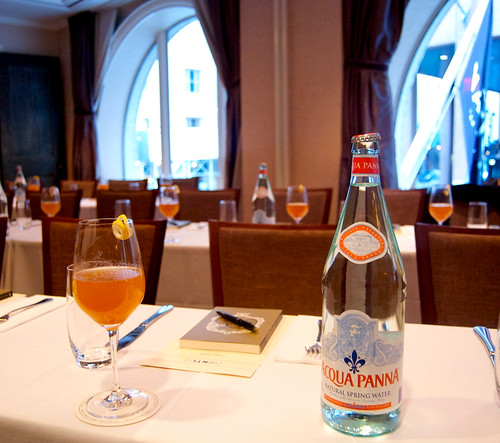
The front of the room was setup with various produce, vinegars, and a lone induction burner...

Here's a view of the space as people were entering. The whole event was surprisingly intimate, with only about sixty people in attendance. This ended up being one of the key reasons this workshop was so spectacular. Chef Zakarian wasn't just speaking to a crowd, he was talking to each and every one of us personally. We all really felt an individual connection to the Iron Chef during our time together.
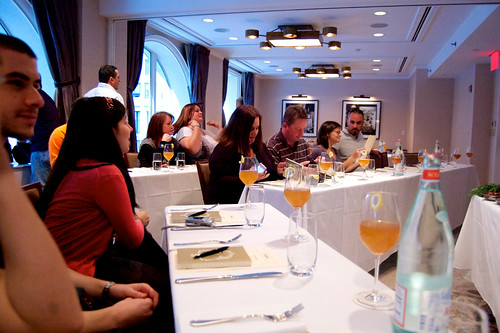
At each place setting was the menu for the day, as well as a really classy journal to take notes.
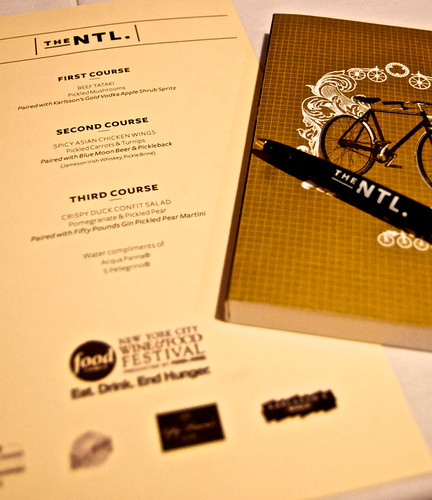
As Geoffrey Zakarian welcomed us to the workshop, I was immediately taken by his warm, genuine personality. You can tell he really loves what he does. He oozes passion for food, and his constant humor permeated our afternoon together. Throughout the seminar, Chef Zakarian urged us to "be rude, interrupt, and ask a lot of questions!"
First up was a quick explanation of pickling versus canning. Pickling involves placing desired ingredients in an acidic brine solution (usually with vinegar, salt, sugar, and other spices) and allowing them to anaerobically ferment. Pickling can go so far beyond the average cucumber pickle most Americans only know. You can pickle many various fruits and vegetables, and as Chef Zakarian explained, even some fibrous meats, such as tongue. Pickling an ingredient does not necessarily preserve it for an extended length of time, however. That is where canning comes into the picture, where you preserve food items by a heating process within a sealed airtight container.
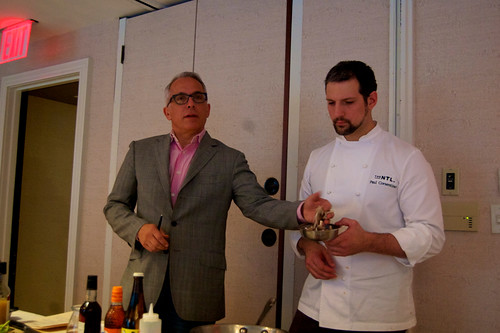
Leading the workshop along with Geoffrey Zakarian was Executive Chef of The National, Paul Corsentino. He led much of the workshop, explaining all of the ingredients and the step-by-step pickling instructions and techniques.

First up: mushrooms. Chef Corsentino used small Japanese Hon Shimeji mushrooms, which he quickly sautéed with a couple whole peppercorns and an entire small ancho chile, then took off the heat and combined with ½ cup Japanese rice vinegar and ½ teaspoon salt and ½ teaspoon sugar. Stir to dissolve the salt and sugar, let cool and sit for 1 and ½ days. That's it! Chef Corsentino said you can leave the mushrooms in the pickling liquid for a shorter or longer period of time, depending how much you want them to actually "pickle". The longer you let it pickle, however, the more the texture will deteriorate.
The first course was this absolutely stunning Beef Tataki with Pickled Mushrooms. And yes, it tasted as good as it looks.
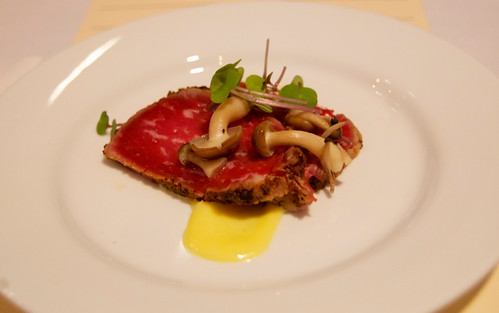
Every course was generously paired with a pickle-based drink. With a large grin on his face, Geoffrey Zakarian proudly told us at the beginning of the workshop that they kind of went overboard (in a very good way) when creating the cocktail pairings. And boy was he right. Every one was thoughtfully crafted to pair with the food and incorporate the pickling flavor.
Paired with the first course was this Karlsson's Gold Vodka Apple Shrub Spritz. This drink combined the flavors of a vinegary Spice Apple Shrub with Karlsson's Gold Vodka and a splash of Club Soda. It was unbelievably good. You immediately tasted the fragrant apples, and then were hit with this pleasantly balanced vinegar taste... a perfect Autumn drink. I cannot wait to make this at home. You can check out the exact recipe here.
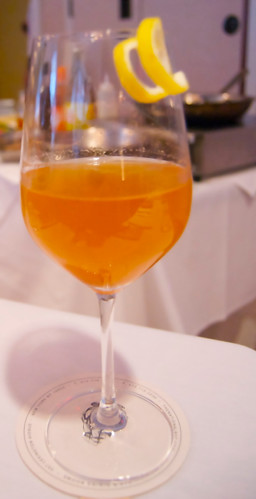
Next up: baby carrots and turnips. Chef Corsentino cut them both in half lengthwise and then half again, making 4 long quarters. In a small saucepan, he heated 1 cup of Melfor French vinegar, 1 tablespoon of salt, 1 teaspoon of sugar, some spices (he suggested black peppercorn, mustard seed, and fennel seeds) and bring to a boil. Pour the liquid over the vegetables and let cool. Store for 1-3 days before serving. That's it!
These pickles then became part of the second course: Spicy Asian Chicken Wings with Pickled Turnips and Carrots. The glaze of sweet soy sauce, chili, ginger, and lime was dynamite, and the fresh crunch and sweet-sour flavor of the pickled vegetables really cut through the fattiness of the wings.
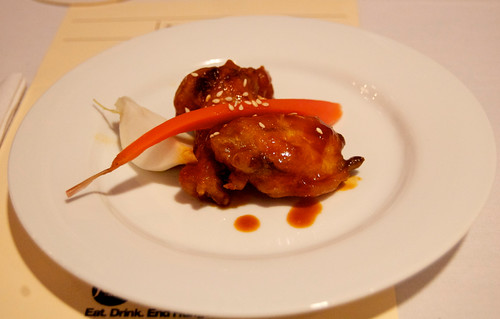
This was the drink pairing that Chef Zakarian was most excited about: out came bottles of Blue Moon beer and shots of Jameson Whiskey and Pickleback. The beer was for those not brave enough to drink the Jameson and Pickleback. People were skeptical at first about this shot and chaser, but once we all saw the enthusiasm with which Chefs Zakarian and Corsentino consumed their Jameson followed by the Pickleback, we followed suit. The Pickleback was simply some of the leftover pickle solution along with a splash of citrus juice (in this case, the Japanese fruit Yuzu).
The drink wasn't just okay, not just good. It was phenomenal. The pickleback was a surprisingly perfect counterpart to the Jameson.
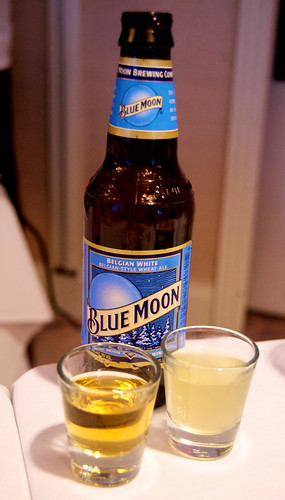
For the final course, it was time to pickle some pear. Chef Corsentino explained that you should buy slightly underripe pears. They need to be hearty to stand up to the pickling process. Ripe pears will simply turn to mush. To make pickled pears, simply cut up the pears into equal sized slices. Then, bring to a boil 1 cup of apple cider vinegar, a splash of Cintron vinegar, 1 tablespoon Yuzu juice, 1 tablespoon salt, 1 tablespoon sugar, and some whole spices (Allspice, Star Anise, a Cinnamon Stick, and an Indian Long Pepper). Pour the boiling liquid over the sliced pears, cover and let cool. Again, let them sit for a day or two before using.
If you don't have Cintron vinegar or Yuzu juice lying around in the pantry (I sure don't), both chefs made it clear that it's totally okay, actually encouraged, to experiment. Pickling is not a science, so it is fun to play around with different flavors. Yuzu is a citrus, so you could easily substitute a different citrus juice.
The final course was Crispy Duck Confit Salad with Pomegranate and Pickled Pear. I don't think I have to tell you how perfect this salad was. The moist, slightly salty duck confit played perfectly with the pickled pear and pomegranate. And the vinaigrette, oh the vinaigrette, was phenomenal.
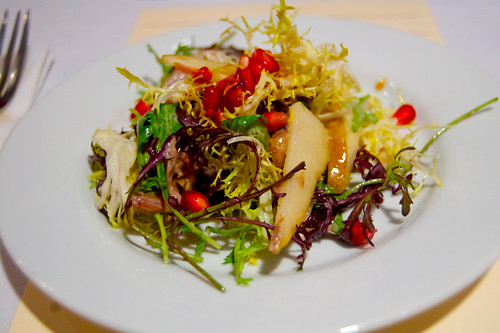
And it was paired with this delicious Fifty Pounds Gin Pickled Pear Martini, made with gin, vermouth, and some of the pickling liquid from the pears.
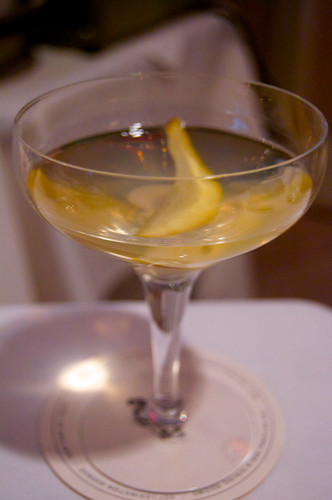
Taking the last bites of the final course, I was quite stunned by the over-the-top quality of the food and its pairings. Everything was spot on, unbelievably delicious.
Geoffrey Zakarian then opened up the room to a Q&A session, which included many questions about pickling, Chopped and Iron Chef, and his personal life. I had the opportunity to ask him two questions:
1) How often does he actually get to cook in his restaurants nowadays? He still gets to cook everyday in some capacity, whether it be at home for his family or stopping into the restaurants. However, when he is in his restaurants, it is more in a leadership capacity as he sits down with his Executive Chefs and plans through different dishes.
2) How did those now infamous Hello Kitty Band-Aids get its start? On his way out the door one day he quickly remembered he needed some band-aids and just grabbed what looked like normal ones from his medicine cabinet... but to his surprise when he went to put them on, they weren't! He didn't have a choice at that point and so he put on the Hello Kitty band-aids and well, it kind of just stuck from there on out.

As a parting gift, Geoffrey Zakarian sent everyone home with a beautiful jar of pickled carrots and turnips.
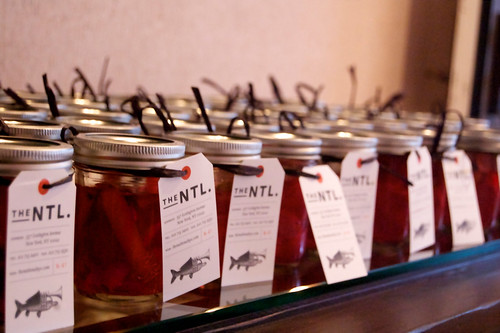
He also posed for pictures for everyone...
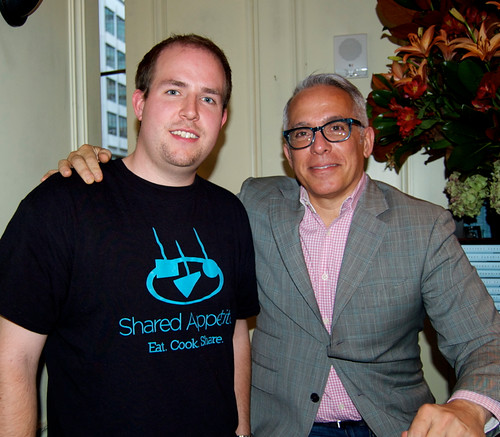
Here are some key tips about pickling that we all learned from Chefs Zakarian and Corsentino:
*Make sure when you pickle an ingredient, you cut it into equal-sized pieces.
*Don't use ground spices when you pickle. That will turn the pickling liquid quite muddy and will transfer to your main ingredient. Also, if you plan on jarring your pickles as a gift, it looks much more visually stunning to use whole spices.
*Pickling is not a science. Experiment with different ingredients!
*There isn't an exact proportion of salt to sugar you should use, and it really depends upon your preference. Geoffrey Zakarian prefers more salt and less sugar in his pickles, while Paul Corsentino has a sweet tooth and likes equal parts sugar and salt. It also sometimes depends what you are serving with the pickle. Salty meats, like duck, pairs well with a sweeter pickle.
*A general ratio when pickling is 1 teaspoon of sugar for every 1 tablespoon of salt, although rules are meant to be broken!
*The longer you leave the food in the pickling brine, the less crisp that item will be and the more pickled it will become. Chef Corsentino usually lets his pickles sit for a minimum of 1 day and up to 3 days.
*Chez Zakarian mentioned that if he cooks a dish and it tastes good but it seems to be missing something and doesn't quite feel completely finished yet, 9 times out of 10 it needs a pickle of some sort.

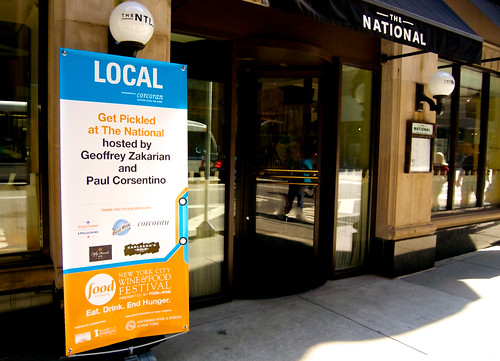
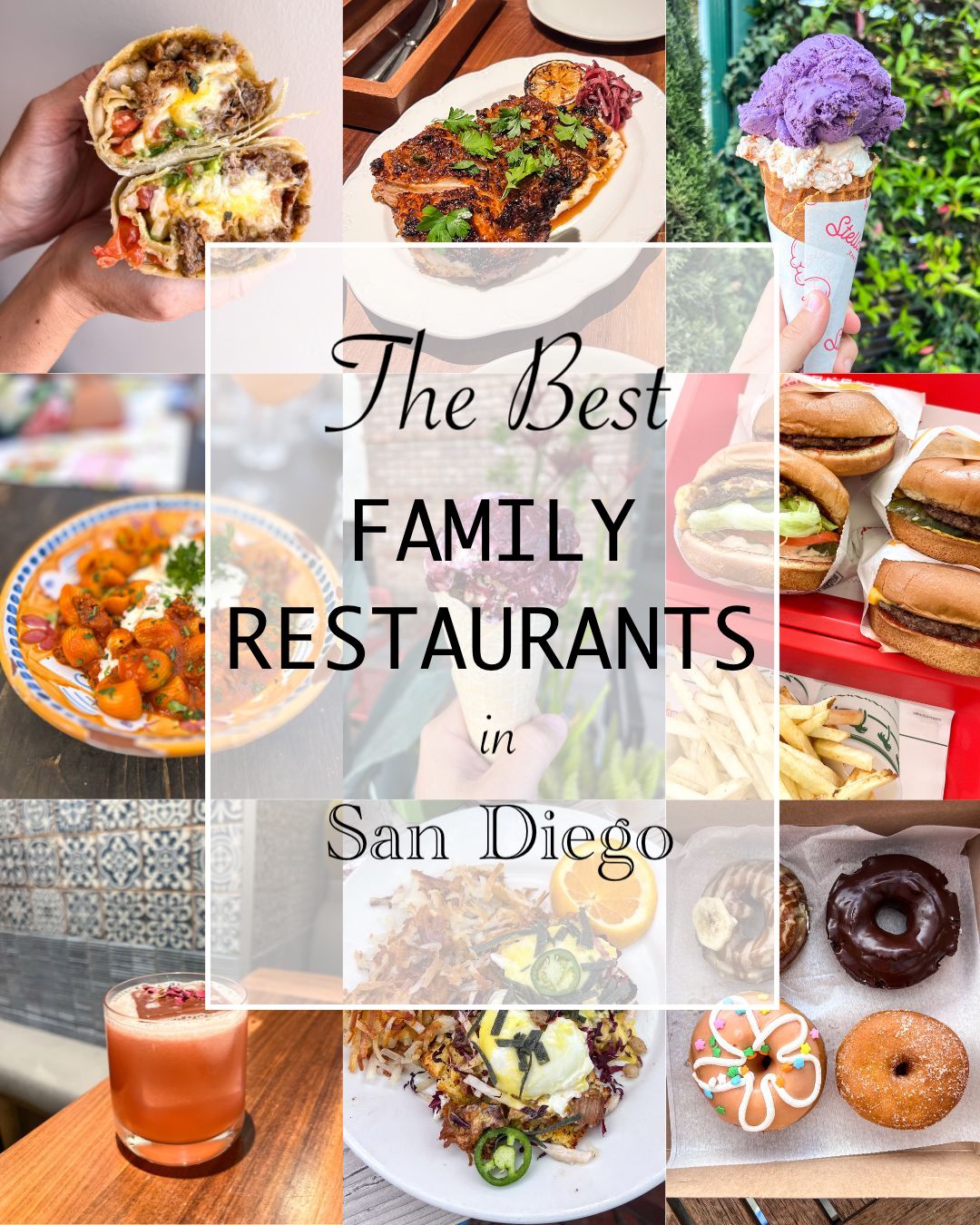
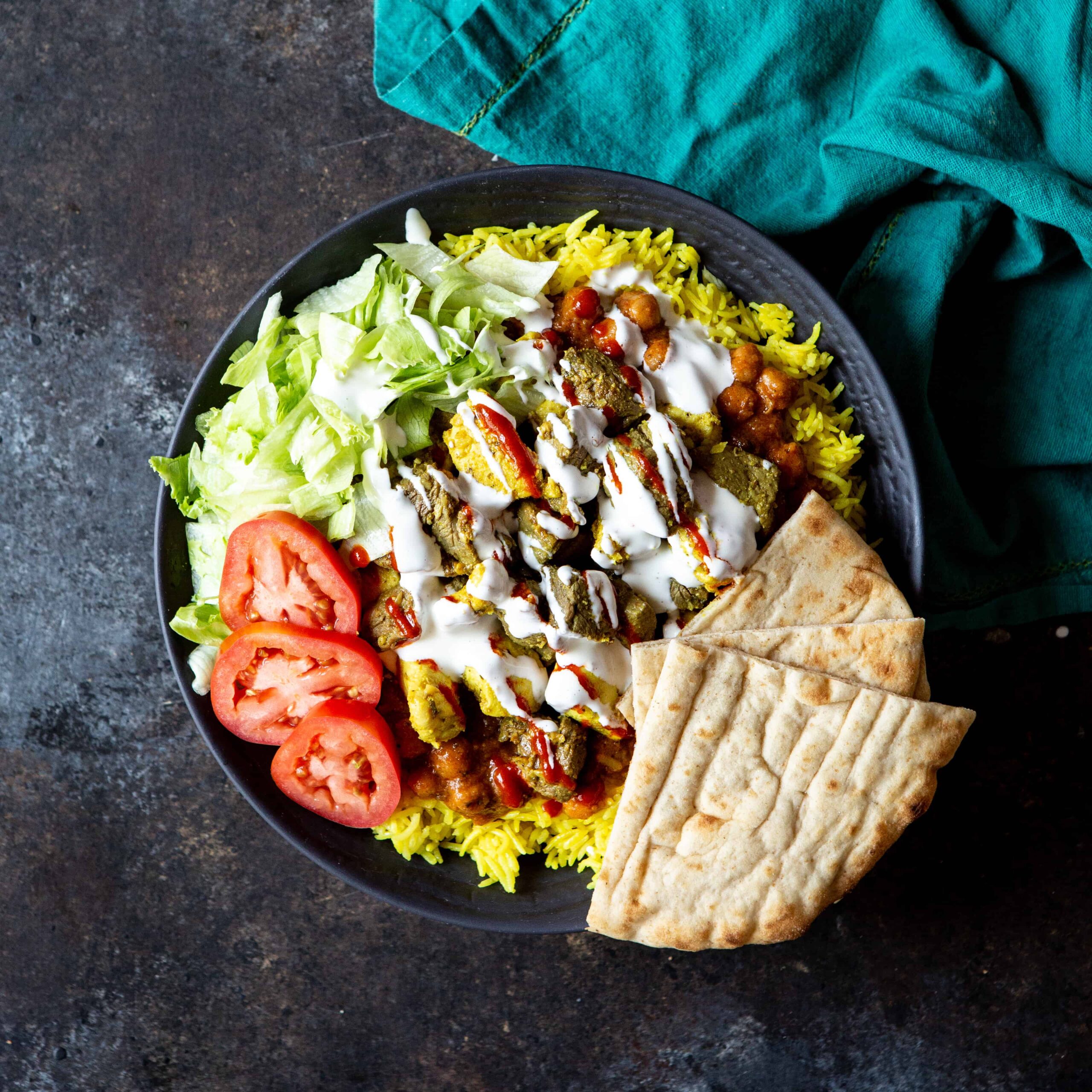
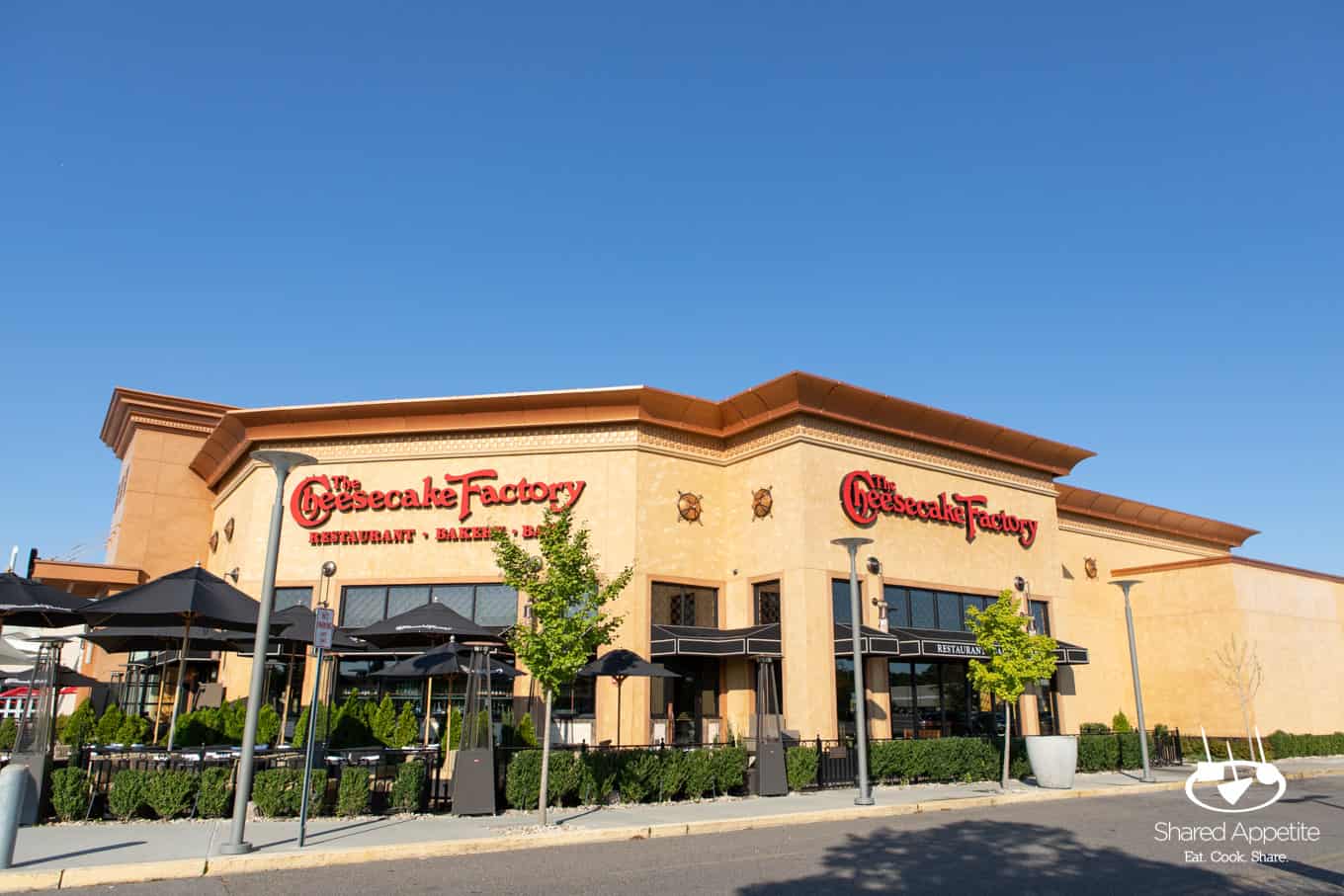

Leave a Reply